What is the first thing that comes in your mind when you hear about Vernacular Architecture and local materials like mud, stone etc. Old huts and broken houses? Well it is not true. Vernacular Architecture is much more than that. I hope after reading this article you will be able to think differently and will change your perspective about Vernacular Architecture. So, read to know more about 5 vernacular architecture materials for construction.
Introduction:
Vernacular architecture is the type of architecture which is built from local material by the local artisans for the local residents. It is basically the traditional and cultural art which is still practiced in rural areas of the world. These types of buildings are less load bearing. It is cheap as compared to conventional buildings. The concept of vernacular buildings is vanishing with time. But soon designers realized its need. Vernacular buildings have simple plans. Mostly residential buildings are vernacular buildings. So, with time lots of innovation has been done to make buildings using vernacular architecture on bigger scale. So, this article talks about 5 vernacular architecture materials for construction.
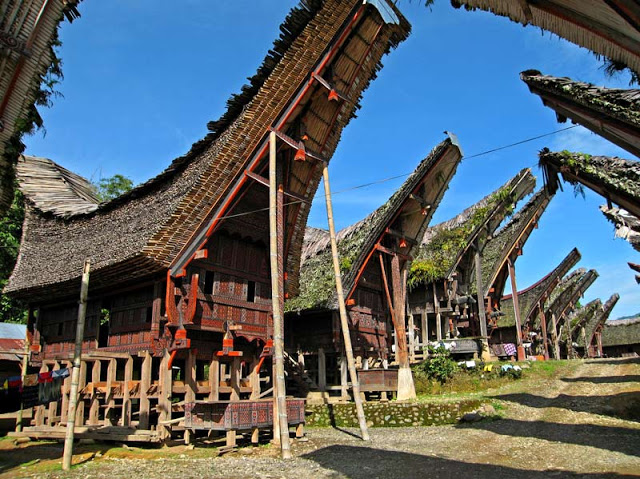
It showcases roots and also define the history of architecture. There is a myth that vernacular buildings are easy to construct but it takes lots of skills. These buildings are environment friendly and also comfortable more than conventional ones. Different regions in the world have different types of vernacular building designs. Less time for the construction and also requires less amount of money.
5 vernacular architecture materials used for construction:
1. Stone:
Stone is the material which is firm and it provides support to the structure. It is available easily in abundance. This material has been used since ancient times and traces of its use can be seen in many old civilizations.
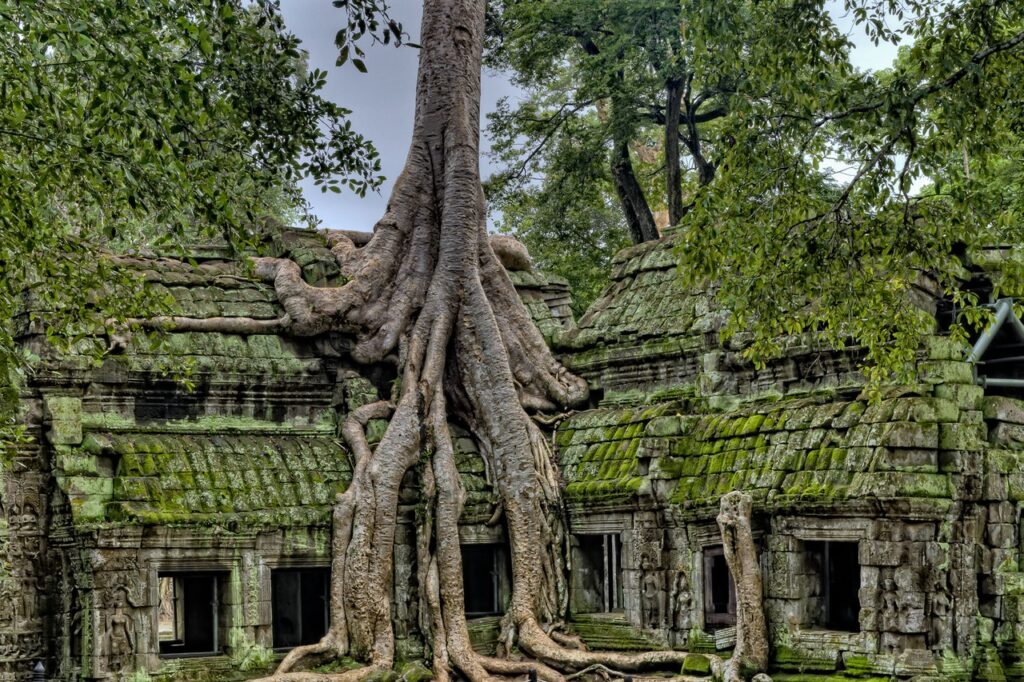
Stone can be used in the vernacular construction in numerous ways:
a) Stone Foundation:
This is one of the hardest material one can find on earth. In order to make a building stand strong the foundation of the structure has be stronger. There is no other material suitable for foundation more than the stone. It provides the stability and durability to the structure. The greatest forts, palaces and other historical building’s foundation has been made in stone which allow them to stand still till now.

The purpose of the stone is to provide strength to the walls by transferring the load to the soil beneath. Generally for 1 to 2 floor (approx height: 6 meters) the depth of foundation varies from 0.6-1 meters. The foundation stone will keep the structure intact and safe.
b) Stone Walls:
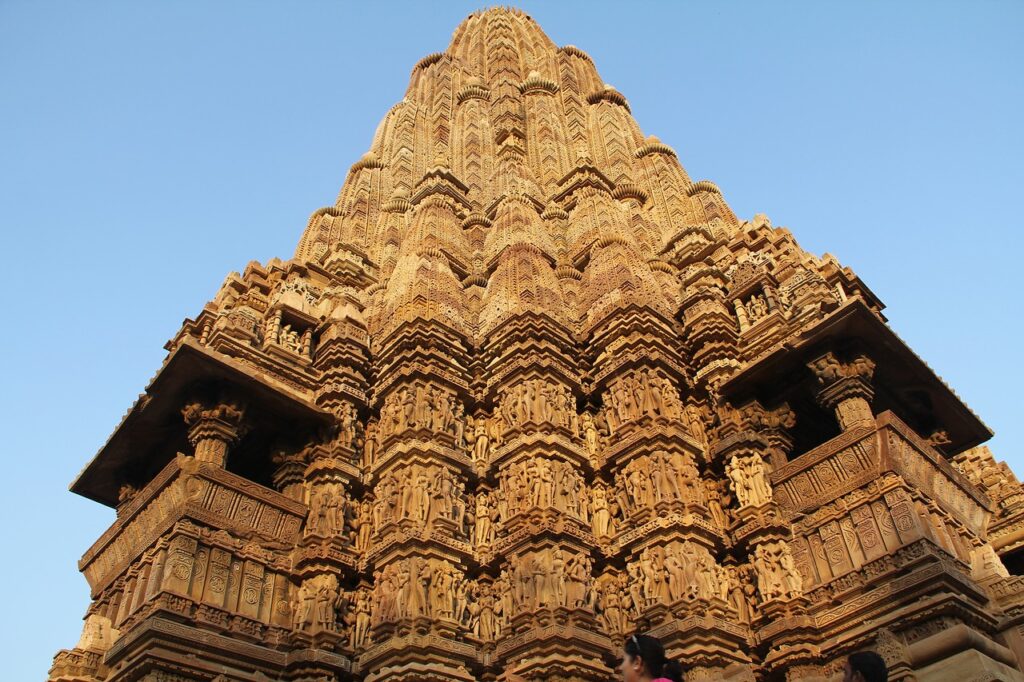
2. Mud:
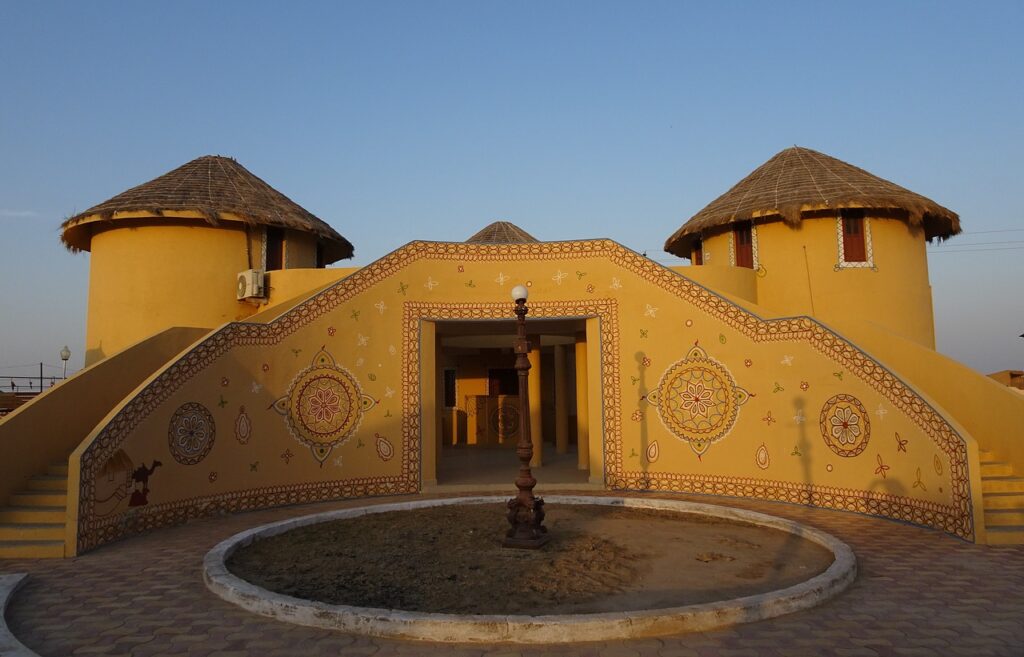
a) Mud bricks:
As the name already suggests, these brick are made of mud. Used for the construction of walls in any vernacular building. Mud bricks are made up after few raw materials joining together. These materials are raw mud, water and straw or any other fibrous material. After mixing these materials the mixture is poured in the moulds made up of same size. Then they are sun dried for few days till it gets hard and dry completely.
After that these bricks are ready to use for constructing the walls. The advantages of these mud walls that they are low on cost, high thermal behavior and environment friendly.
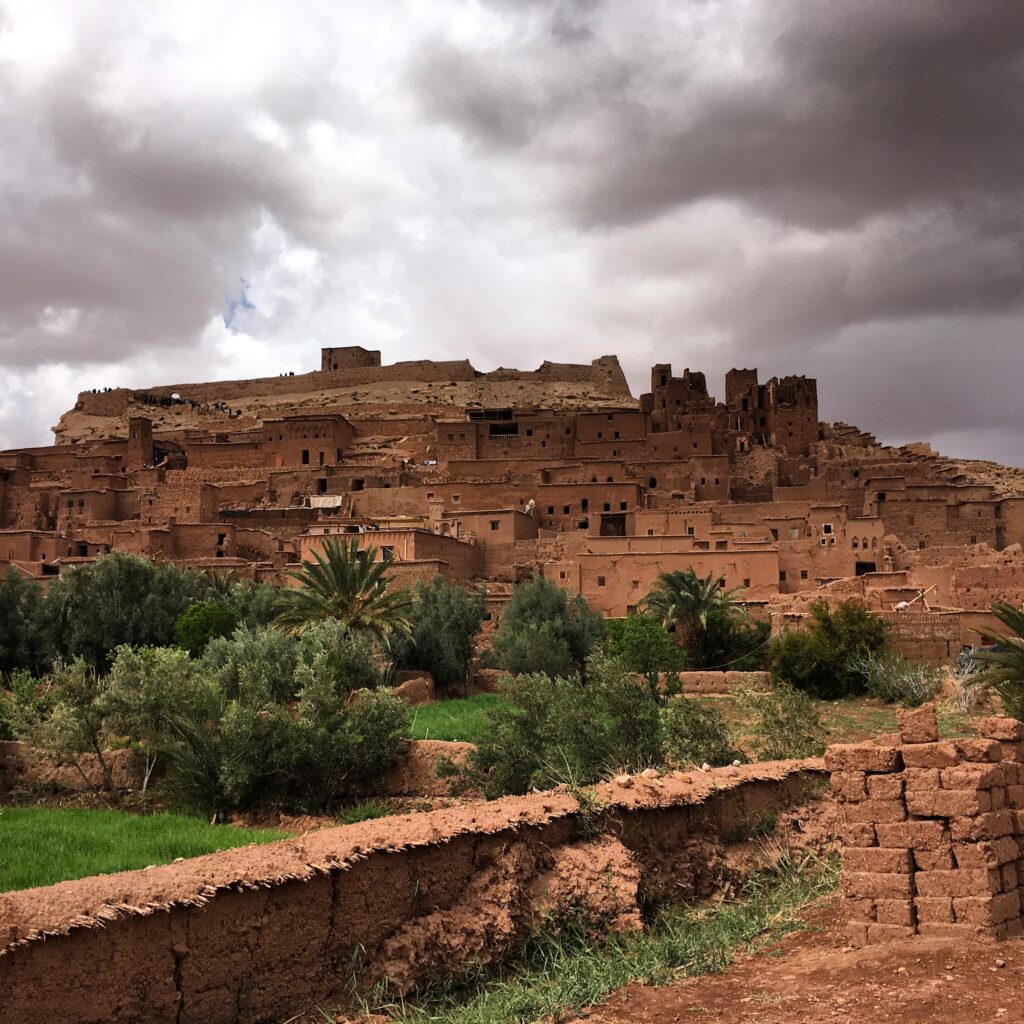
b) Rammed mud plastering:
Rammed mud is used inn various ways for the construction. It can be used for plastering of the walls made up of stone, timber or any other material. Rammed earth used for plastering is used as binding agent for the wall behind. The paste made up of mud, water and fiber. This wall has the capacity of providing insulation to the buildings and is able to make a difference between the indoor temperature as compared to the temperature outdoors.
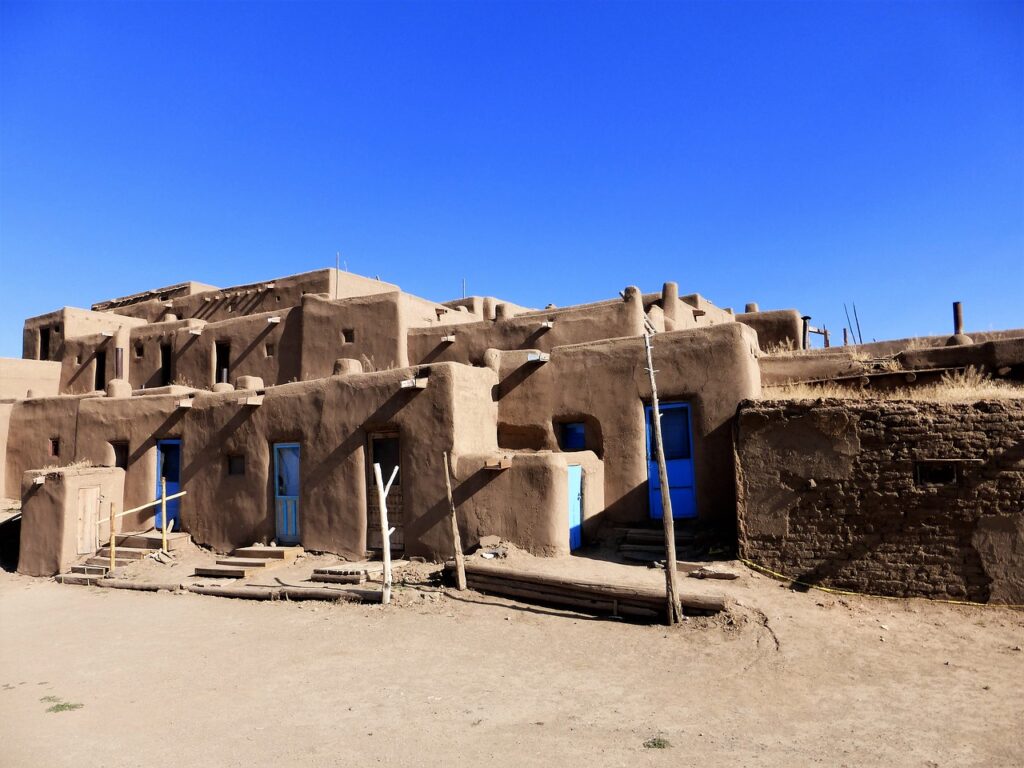
3. Timber:
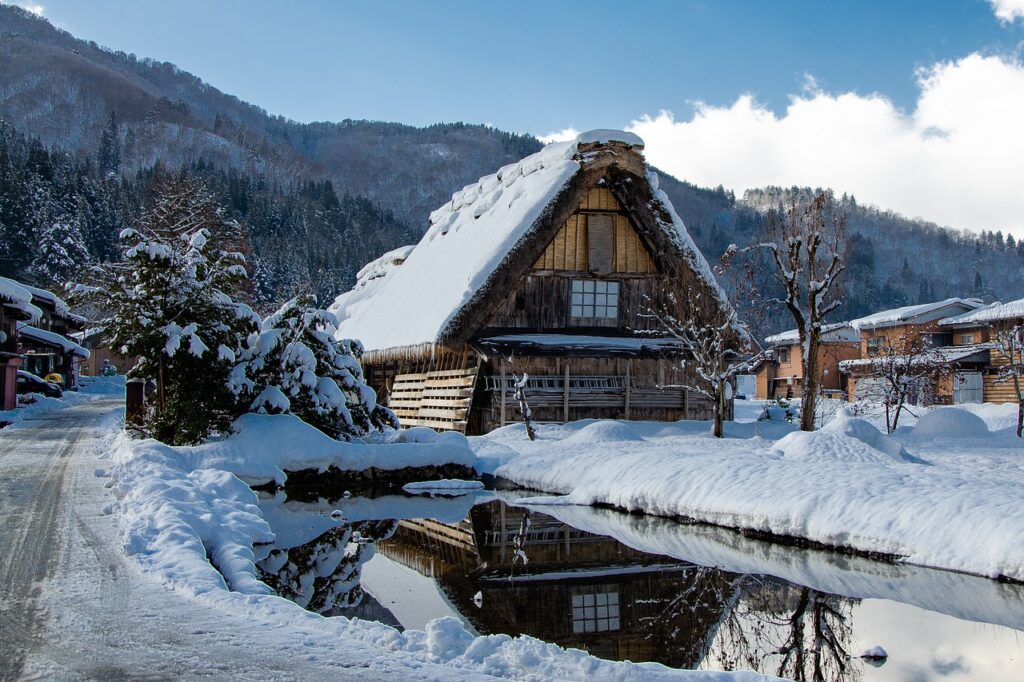
a) Timber walls:
Timber walls are made out of timber logs which are inserted in the soil below and later on plastered with the mud paste to give it a smooth finish. There are several ways of constructing the timber wall.
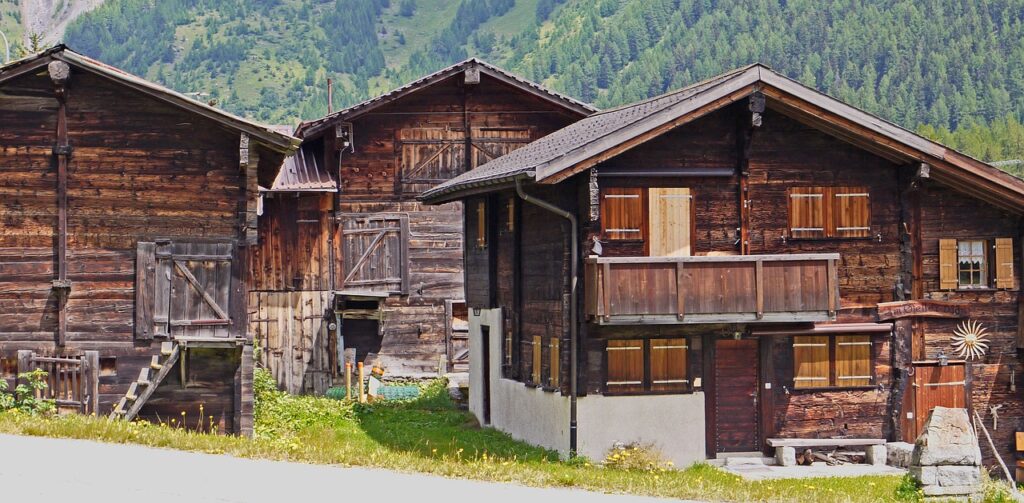
b) Timber frame:
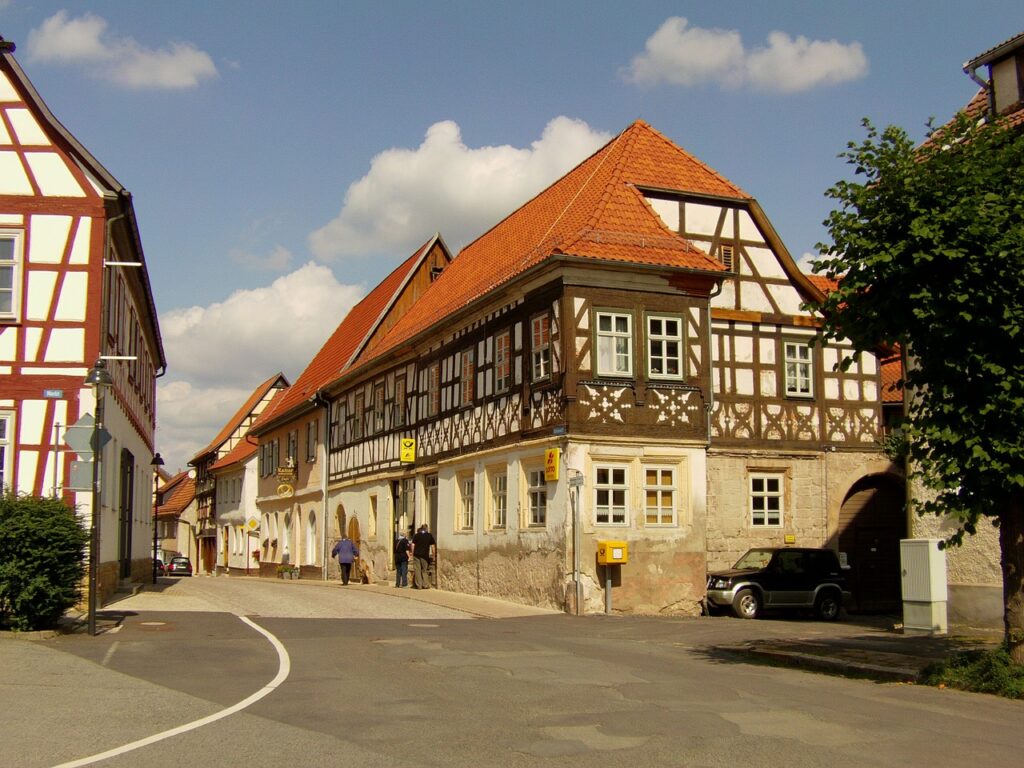
c) Doors and windows:
Doors and windows are the important component of the building which is made up mostly of timber since older times. Nowadays there are thousands of materials used for doors and windows. But wood is still one of the best choices for making of doors and windows in the rural areas.
4. Bamboo:

Source: Luxury Villas in Bali

a) Bamboo walls:
Bamboo walls are made with combining bamboo pieces cut as per the required height. The bamboo walls are breathable creating a natural ventilation inside the building. These kinds of walls are made in the warm and humid climate. In war, and humid climate the ventilation is very important because the humidity is high.

b) Bamboo roofs:
Bamboo roofs makes the whole structure stable because the bamboo is a light weight material. It do not transfer much weight on the walls and other components. Also due to its high flexibility the bamboo roofs can be made beautifully with different designs. The bamboo can be used to make roofs for long span buildings.
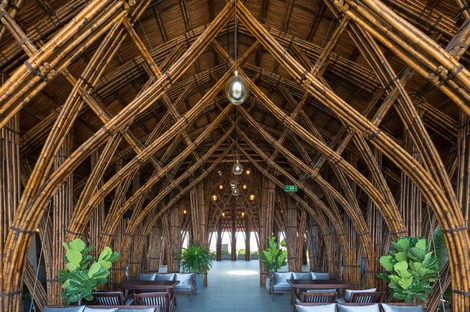
5. Thatch & Reed:
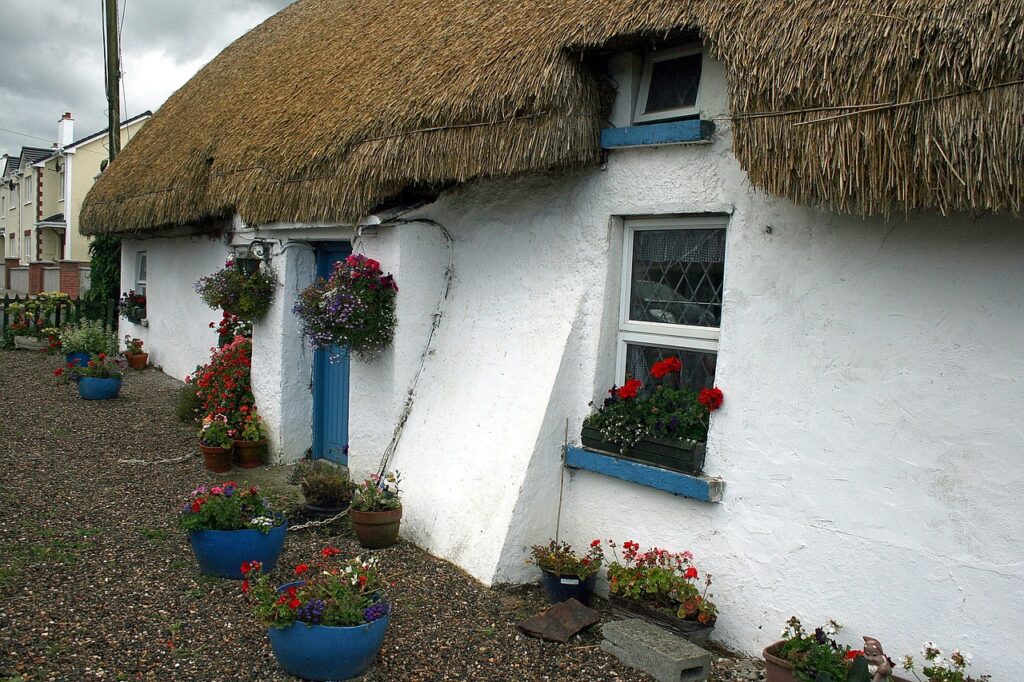
So, this was all about 5 vernacular architecture materials for construction. I hope you have changed your perspective little bit about vernacular architecture and its construction materials.
If you liked this blog please let me know through your comments and please share it with other people who are passionate about architecture and design. Contact us in case of any queries and also read my previous blogs related to architecture and travel. Be safe and remain indoor during this tough time. Thank you.
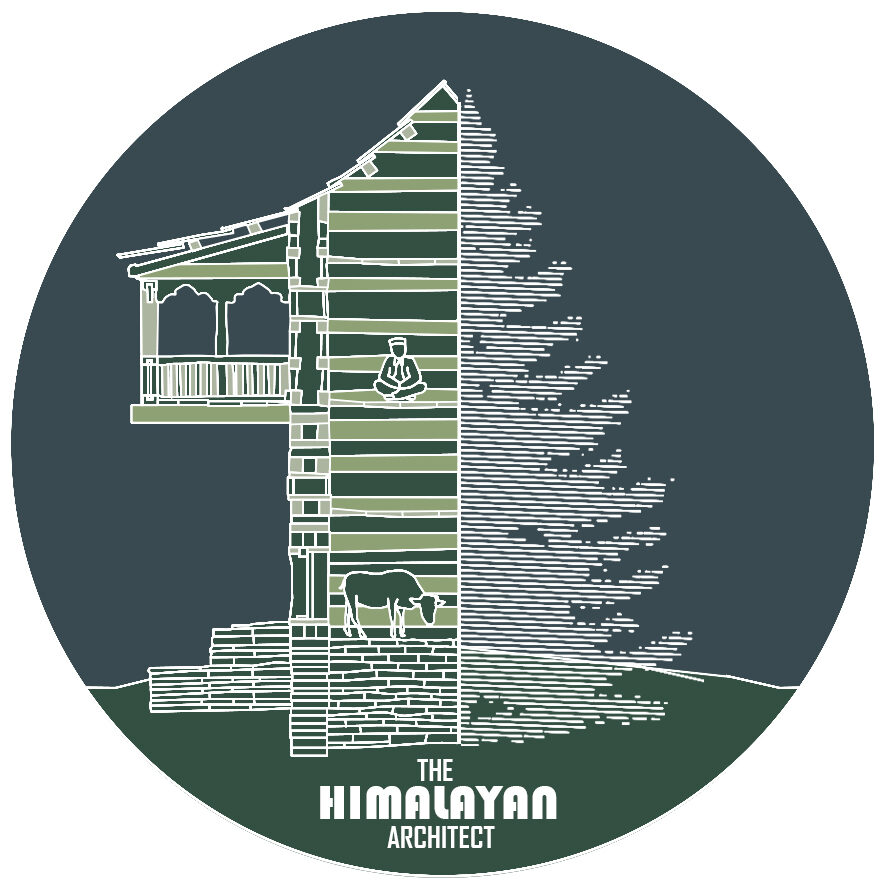

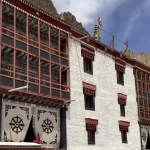

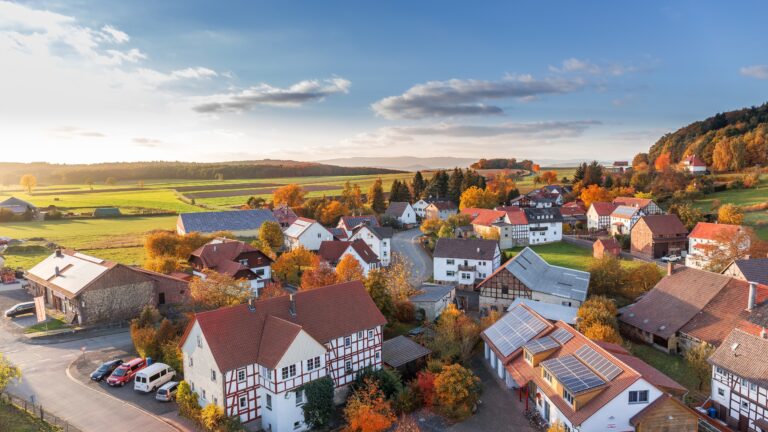
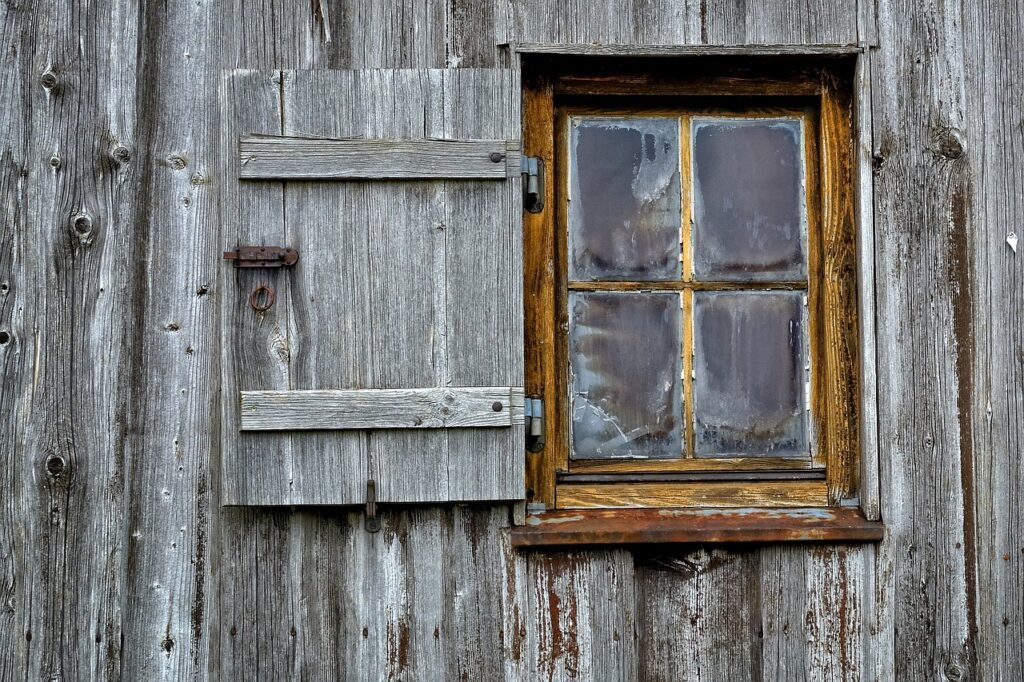

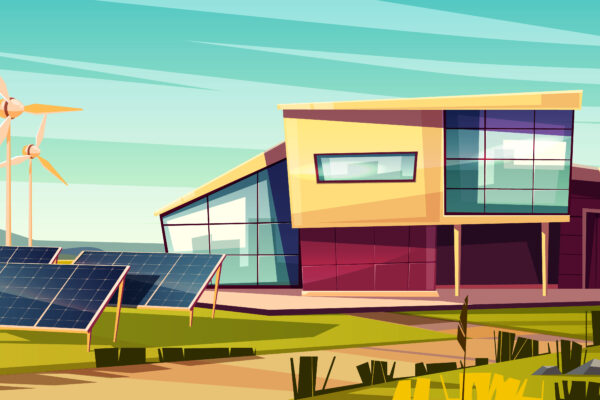

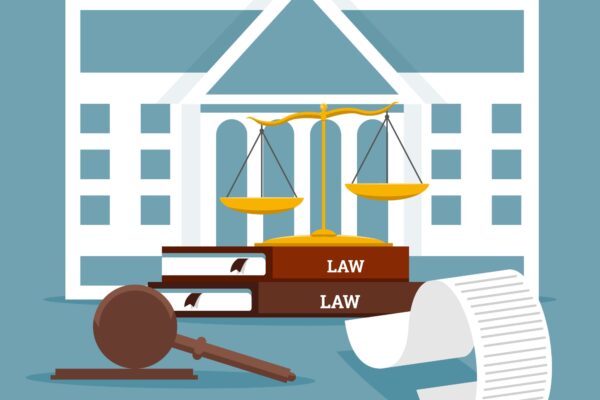
This looks great….
Thank you!!
I am actually grateful to the owner of this web page who has shared this great paragraph at at this time.
I needed to thank you for this very good read!! I definitely loved every bit of it. I have you book marked to check out new stuff you post…
Thank you